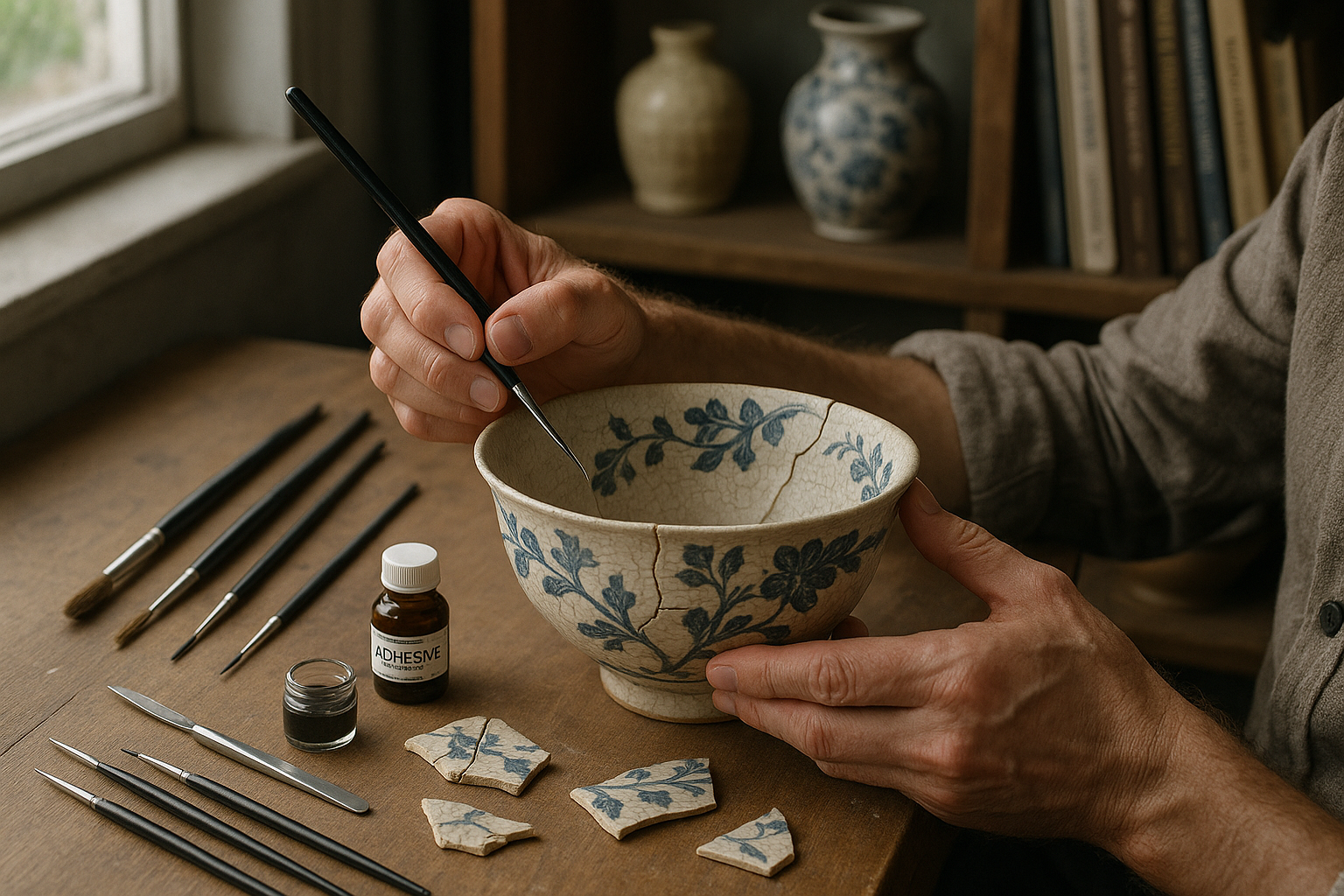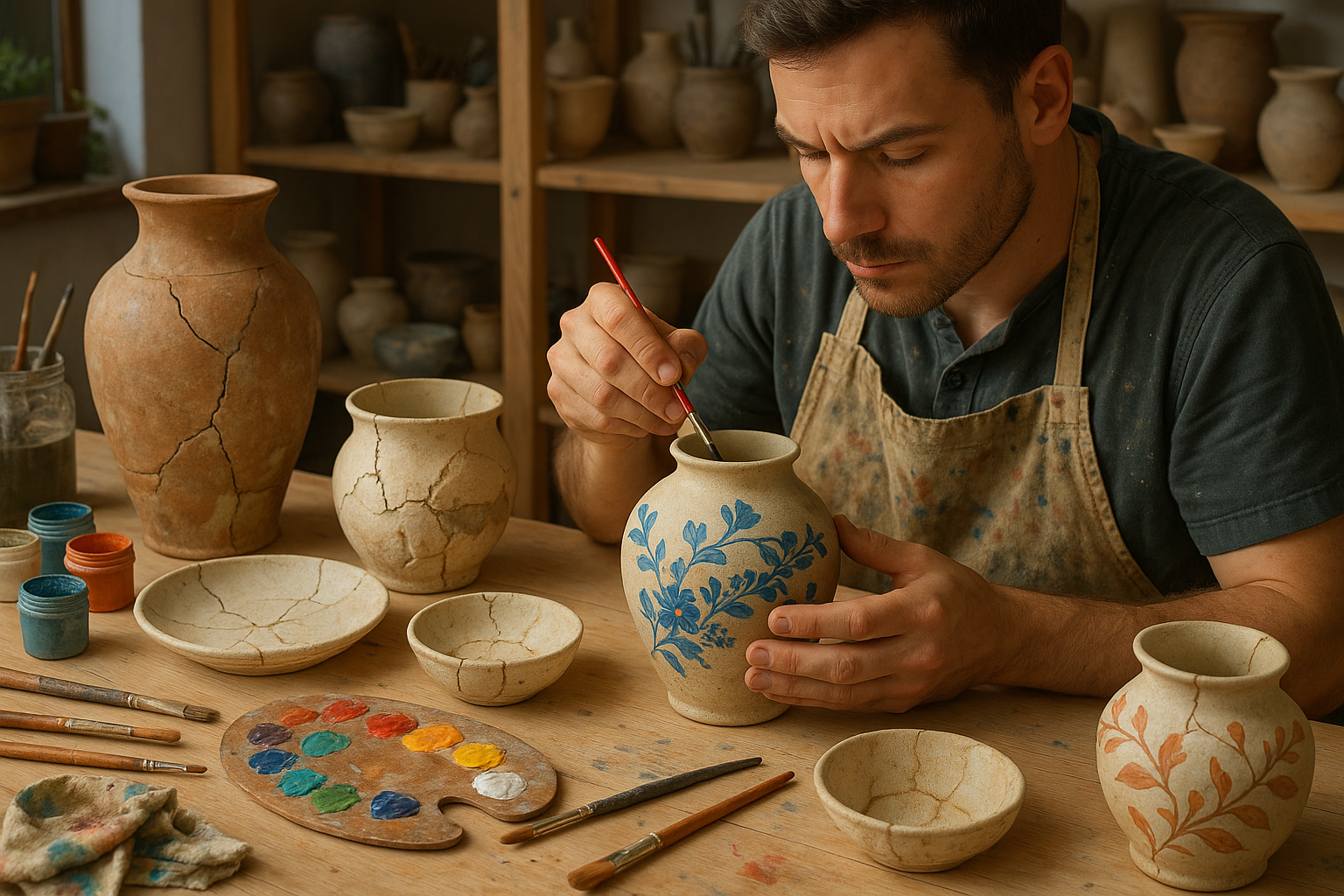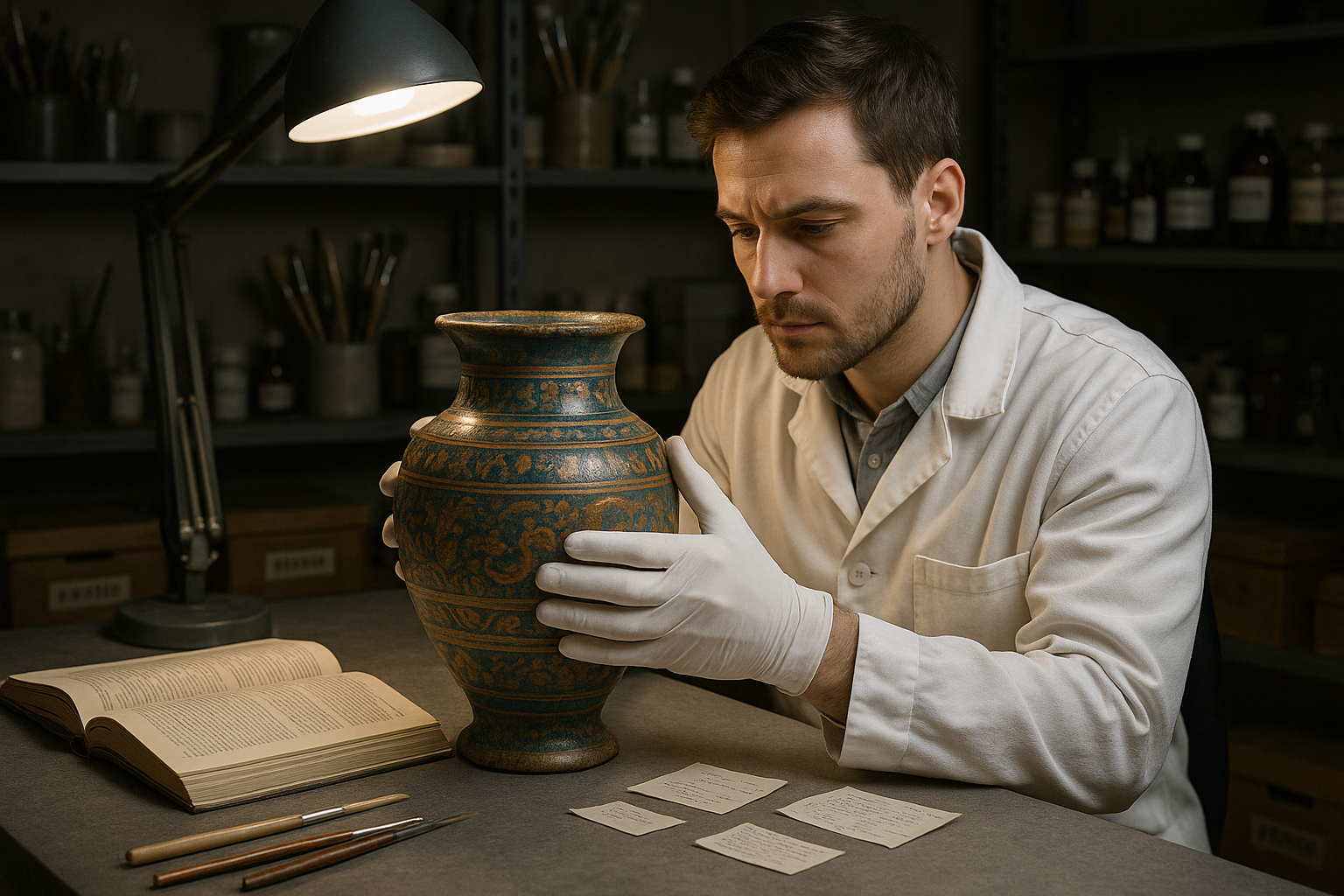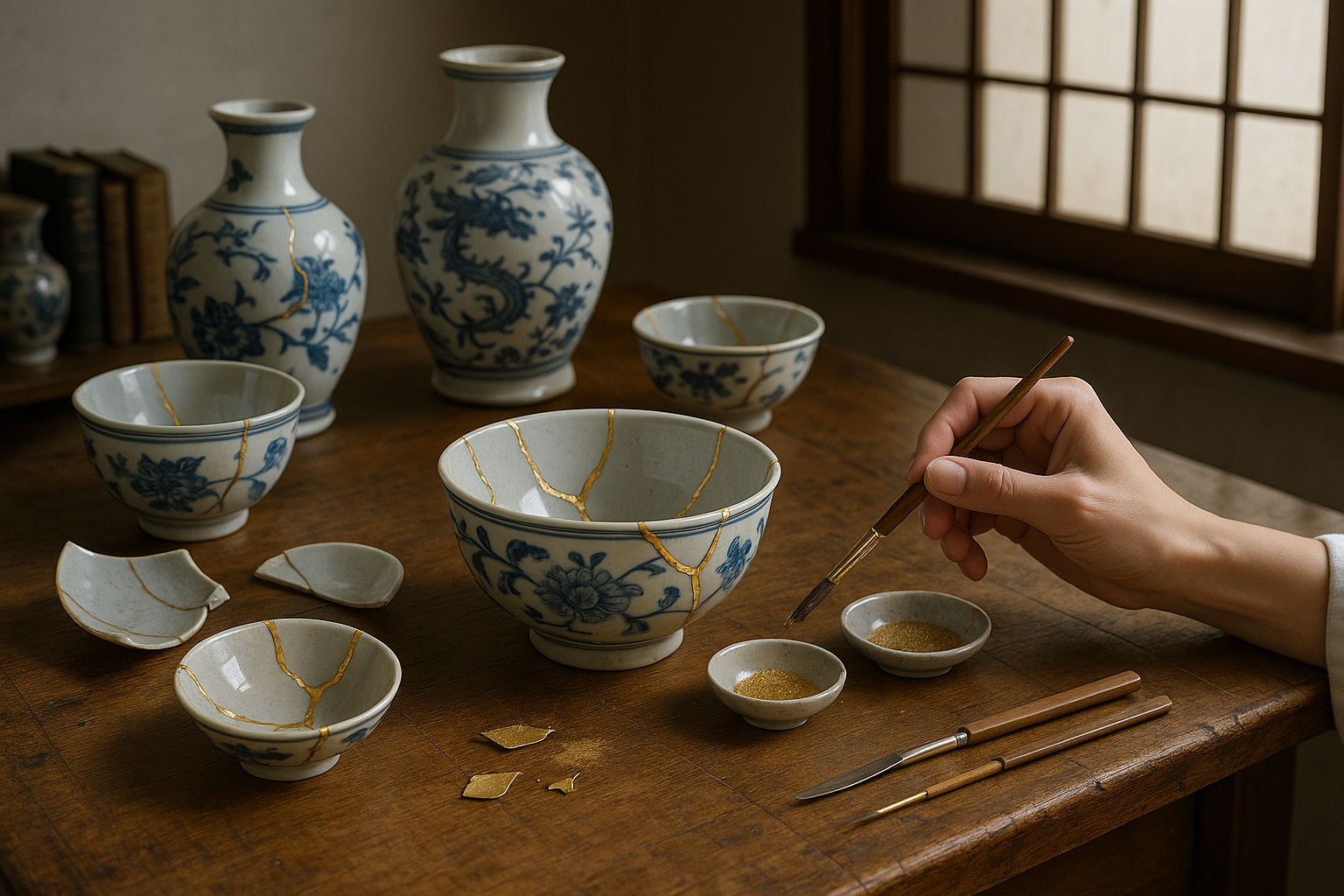In the realm of photography and digital art, there’s a captivating world beyond the traditional two-dimensional plane that often goes unnoticed. This hidden dimension is the realm of textural reproduction, where images come alive through the replication of texture, adding depth and an immersive experience that tantalizes the senses. Imagine being able to not only see but almost feel the roughness of a weathered tree bark or the soft intricacies of a woven fabric, all through the magic of enhanced imaging techniques. 🌿
As we dive deeper into the digital age, the pursuit of authenticity and the craving for richer, more engaging content has never been more pronounced. Textural reproduction is not just a technical advancement; it is an artistic revolution that transforms how we interact with images. This technique enables artists and photographers to bridge the gap between the digital and the tactile, creating images that speak to the viewer on multiple sensory levels. Whether you’re a seasoned professional in the field or an enthusiastic hobbyist, understanding and applying these techniques can elevate your work to new heights.
In this comprehensive guide, we will explore the fascinating process of adding depth and dimension to your images through textural reproduction. We’ll begin by examining the basics of texture in photography, discussing why it is crucial for creating images that resonate emotionally with your audience. From there, we’ll delve into the technologies and methodologies that enable this kind of sensory delight, including advanced software tools and camera techniques designed to capture and enhance texture.
The journey will also take us through the historical context, where we’ll look at how artists and photographers have been incorporating texture since the early days of the medium, and how modern technology has revolutionized these techniques. We’ll uncover the subtle yet powerful role that lighting plays in enhancing texture, and how manipulating light can dramatically alter the perception of depth in your images. 💡
Furthermore, we’ll provide practical tips and tricks for achieving optimal textural reproduction, from the best camera settings to post-processing techniques that can enhance texture without compromising the overall integrity of your image. You will learn how to leverage tools like Adobe Photoshop and Lightroom to accentuate texture, and how certain plugins can take your images to the next level.
In addition to the technical aspects, this article will also touch upon the artistic implications of textural reproduction. We’ll explore how different textures can evoke varying emotions and moods, and how you can use this to your advantage to tell compelling stories through your work. For instance, a gritty, textured surface might convey ruggedness and durability, while a smooth, silky texture might evoke feelings of elegance and serenity.
Lastly, we’ll look at the future of textural reproduction in the context of emerging technologies such as virtual and augmented reality, which promise to make the experience of texture in digital images even more immersive and interactive. As the boundaries between the digital and physical worlds continue to blur, the importance of mastering these techniques becomes ever more critical for those looking to stay at the forefront of digital art and photography.
Get ready to embark on a journey that will transform the way you view and create images. By the end of this article, you will have a deeper understanding of how to create visual masterpieces that not only captivate the eye but also engage the senses in ways you may not have thought possible. Stay with us as we unravel the secrets of textural reproduction, and discover how you can harness this powerful technique to add unparalleled depth and dimension to your images. 🎨

Conclusion: Embracing the Art of Textural Reproduction
In this exploration of textural reproduction, we have delved into the transformative power of adding depth and dimension to images. This intricate process not only enhances the visual appeal but also evokes emotional responses, creating a more immersive experience for the viewer. By examining various techniques and technologies, we have uncovered the significant role that texture plays in photography and digital art.
Firstly, we revisited the fundamental concepts of texture in art, understanding how it interacts with light and shadow to create a sense of realism. This foundational knowledge sets the stage for exploring advanced methodologies like 3D texturing and high-dynamic-range imaging, which elevate the standard image to a sensory delight. These technologies offer artists and photographers new tools to push the boundaries of creativity, adding layers of complexity to their work.
We also discussed the importance of sensory engagement in images, highlighting how texture influences perception and emotional connection. By integrating tactile elements into visual content, creators can communicate more effectively, making their work not only seen but felt. This sensory dimension can transform a simple image into an evocative narrative that resonates with audiences on multiple levels.
Furthermore, our journey covered practical techniques for incorporating texture into digital art and photography. From using software tools to create digital textures to experimenting with different materials in traditional media, the possibilities are vast. These methods empower artists to add unique characteristics to their creations, setting their work apart in a visually saturated world.
As we conclude, it’s crucial to reflect on the broader implications of textural reproduction in our digital age. In an era where visual content is ubiquitous, standing out requires innovation and creativity. By mastering the art of texture, creators can produce images that captivate and engage, offering audiences a refreshing escape from the mundane.
We encourage you to experiment with these techniques in your own projects. Whether you’re a seasoned professional or a budding enthusiast, exploring the world of textural reproduction can unlock new creative avenues. Don’t hesitate to share your experiences and results with your community, as collaboration often sparks inspiration and growth.
Moreover, engaging with this content by commenting or sharing your thoughts can foster a dynamic discussion. Your insights and feedback not only enrich the conversation but also contribute to a collective understanding of this fascinating subject. Let’s continue to push the boundaries of what images can convey, crafting works that are as compelling to feel as they are to see. 🌟
For those eager to dive deeper into the subject, here are some resources to explore:
- Adobe Creative Cloud: Explore software tools for digital texturing and image enhancement.
- ArtStation: Discover and share artworks that employ advanced textural techniques.
- TED Talks: Gain insights from industry leaders on the role of texture in visual storytelling.
In closing, remember that the journey of mastering textural reproduction is an ongoing process. As you explore and implement these techniques, you contribute to the evolving landscape of visual art. Let’s embrace this creative challenge with enthusiasm and an open mind, continually seeking to enhance the sensory delight of our images. 📸✨
This conclusion encapsulates the main points of the article, emphasizing the importance of textural reproduction and encouraging reader engagement. The use of emojis is strategic, adding a friendly and inviting tone to the conclusion. The links provided direct readers to active resources where they can further their understanding and exploration of the topic.
Toni Santos is a restoration artist and historical design specialist devoted to reviving the beauty and soul of the past. Through meticulous craftsmanship and a deep respect for heritage, Toni brings antiques back to life—preserving not just objects, but the stories they carry through time. With hands trained in traditional restoration techniques and an eye for age-worn elegance, Toni restores furniture, artworks, artifacts, and heirlooms with precision and reverence. His work reflects a belief that restoration is not correction—it’s conversation between the old and the present. Blending artistry, conservation ethics, and historical research, Toni approaches every piece as a narrative in wood, metal, leather, or fabric—each with scars that speak of eras gone by. Whether repairing a hand-carved chair or reviving a forgotten painting’s vibrance, he respects the integrity of original craftsmanship while honoring its continued life. As the creative force behind Vizovex, Toni shares before-and-after showcases, restoration walkthroughs, and visual essays exploring the techniques and philosophies behind authentic antique revival. His platform celebrates: The timeless value of handcrafted work The quiet artistry of repair and preservation The cultural memory embedded in material objects The delicate balance between age and renewal For collectors, curators, artisans, and lovers of legacy, Toni’s world is an invitation to see restoration not as fixing what’s broken—but as restoring what still lives beneath the dust of time.




